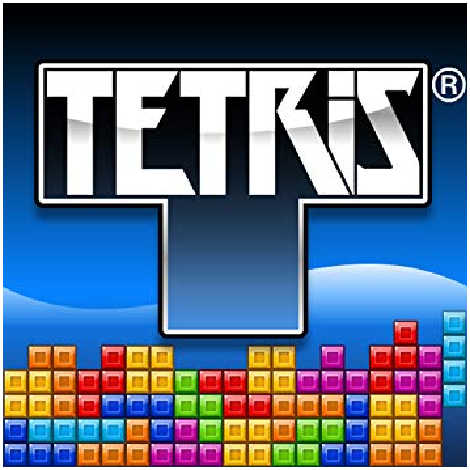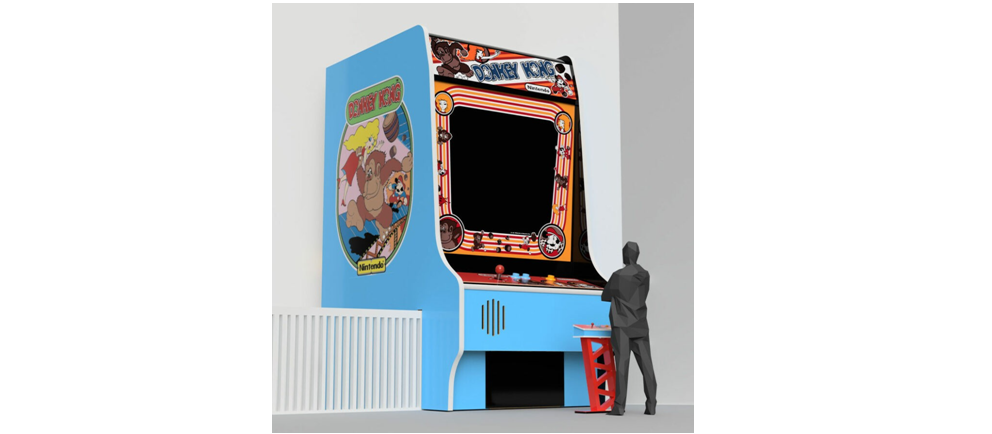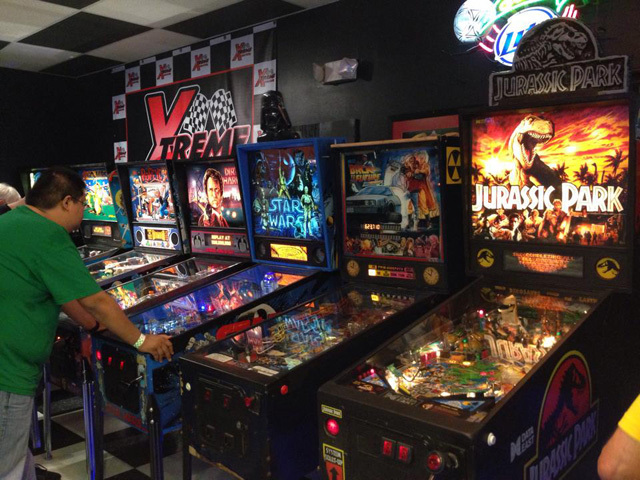Here we are once again ready to dive into the granddaddy of block-stacking games, Tetris!
Last week we went over the fundamental aspects of the game, including the matrix, the seven available “tetriminoes,” how the scoring system works, and several basic features such as piece holding, ghost pieces, and the next piece panel. When used in conjunction with each other, these features make up the core aspect of any Tetris match, whether against the PC, against other players, or when playing by yourself in endless mode.
Now that we got that out of the way, let’s focus on the fun part: actually playing the game!
Filling the Well
As we mentioned before, Tetris is all about filling your board or matrix with blocks in an orderly fashion, and as fast as you can. It’s important to note here that the board goes by many names, including “well,” and “matrix,” and we’ll be using them interchangeably throughout this article.
All pieces are designed so that they can fit naturally with each other, as long as you have the foresight to arrange them in appropriate patterns.
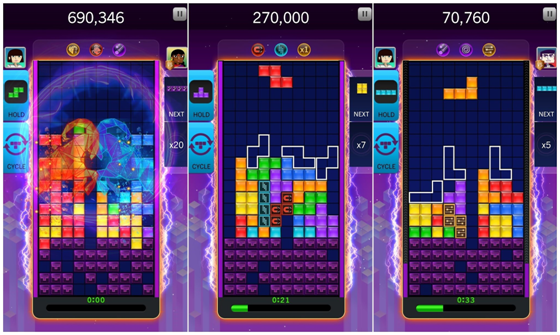
For example, S pieces are perfect for fitting on slopes that are rising diagonally to the left, while Z pieces are great for when the pattern is rising to the right. Meanwhile, I pieces are great since they’re the only ones that can fit into narrow spaces, and are the ones with which you’ll trigger most of your Tetris combos. Finally, T pieces are some of the most versatile in the right hands as they are the only pieces through you can use the “T Spin,” which is an advanced tactic.
Nevertheless, there are certain considerations that you must keep in mind when organizing your stack:
- You must build your stack so that there’s always a 2-tile wide flat space on which to throw your O pieces. These pieces are tricky if you’re not expecting them. Nevertheless, you can always use the “Hold Piece” function if you encounter an O piece with nowhere to put it.
- After the piece touches the board, you can still shuffle it around for a few seconds. As long as you don’t hear that clicking sound when the piece lands, you can still move, and even rotate the current piece. This is called “Soft Dropping.”
- For the most part, you’ll want to “Hard Drop” your pieces onto the board, which is when you press up on the d-pad or joystick. When a piece is hard dropped, it immediately lands on the bottom regardless of its current position and locks into place. In contrast with soft dropping a piece, you can’t shuffle nor rotate a piece that has been hard dropped.
- You must try to build the stack as flat as possible. Try to build it so that there’s only a single tile of height difference throughout the board. A height difference of two tiles will require tricky maneuvering of J and L pieces to resolve. Furthermore, if you create a gap 3 or more tiles in height difference, your only will be an I piece.
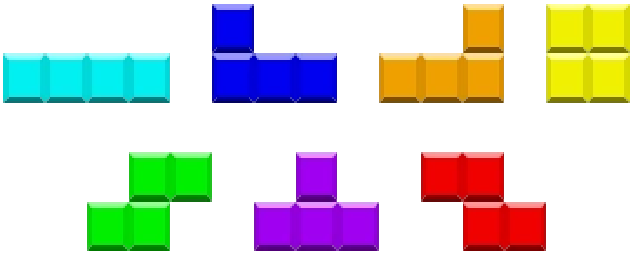
Keep in mind that, when it comes to playing against other players (such as in Tetris 99 and other competitive Tetris games, like Tetris: The Grandmaster), you’ll constantly have to deal with the garbage they throw at you. This garbage comes in the form of solid stacks of gray bricks, with a single gap in the row. To clear the garbage, you only need to fill the gap with one of your own pieces. In these cases, it pays off to hold an I piece for when you manage to open the gap in the garbage for an easy Tetris.
In general, a good tip is to build your stack neatly while leaving a single gap on the far left or right where only an I piece could fit. If you do it right, you should have a stack that’s more than 4 tiles in height ready and set up for when you get an I. If it’s tall enough you could unleash one or two Tetris back to back or, at the very least, a Tetris and another combo afterward.
Mastering the Twist
While anyone can stack bricks and to create awesome combos in the moment, the most skilled players will employ foresight to create gaps that they can then fill with future pieces to create a neat tower. In fact, some strategies depend exclusively on foresight, such as the “T Spin.”
The T Spin is a strategy in which you create a T-shaped gap in a well 2 tiles in height, using any pieces (mostly S and Z pieces), and then leave a gap through which only a sideways T piece can fit. Once the piece lands in the gap, you can rotate it so that the piece fits completely into the gap, completing the combo and giving you a T Spin bonus.
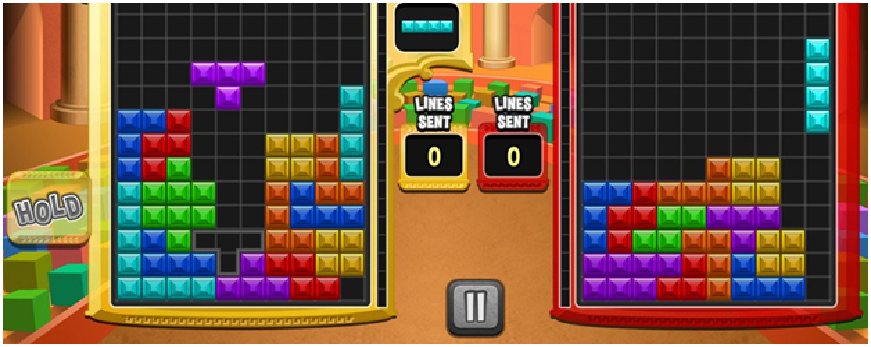
As you can see, mastering the T Spin is all about having foresight, as well as properly using the Next Piece panel. It’s something that, with practice, will come naturally. Nevertheless, it’s an essential strategy for maximizing your score in solo play, as well as for increasing the amount of garbage you send to your enemy in duel mode.
Thanks for reading! Here at PrimeTime Amusements, we like to keep ahead of the curve in arcade game rental and sales and pride ourselves in providing the best service in the country. If you’re looking for a game in particular, or have a few questions about the industry, feel free to give us a call at 1.800.550.0090 or to swing by at 5300 Powerline Rd. Suite 210, Ft. Lauderdale, Florida, 33309.

